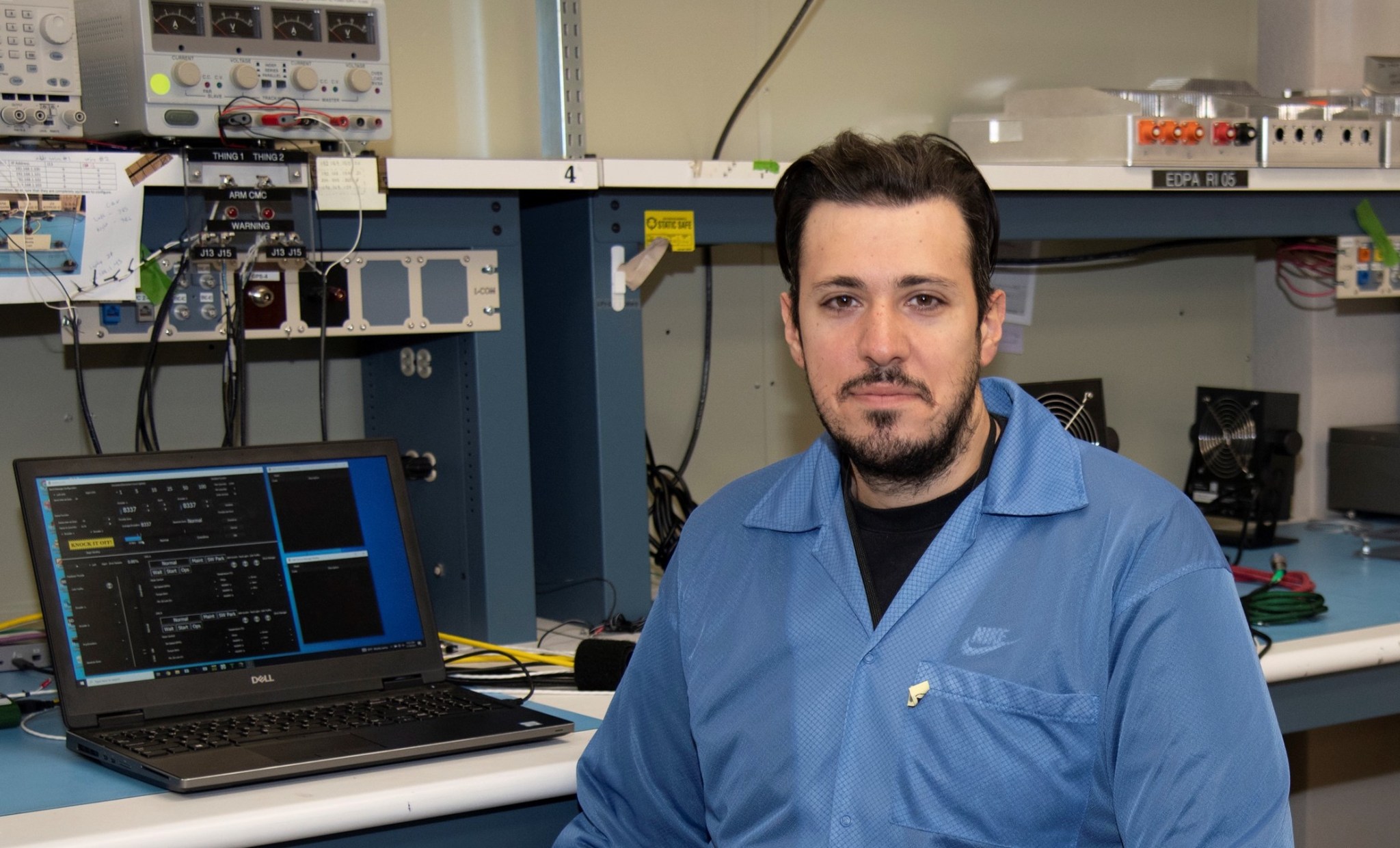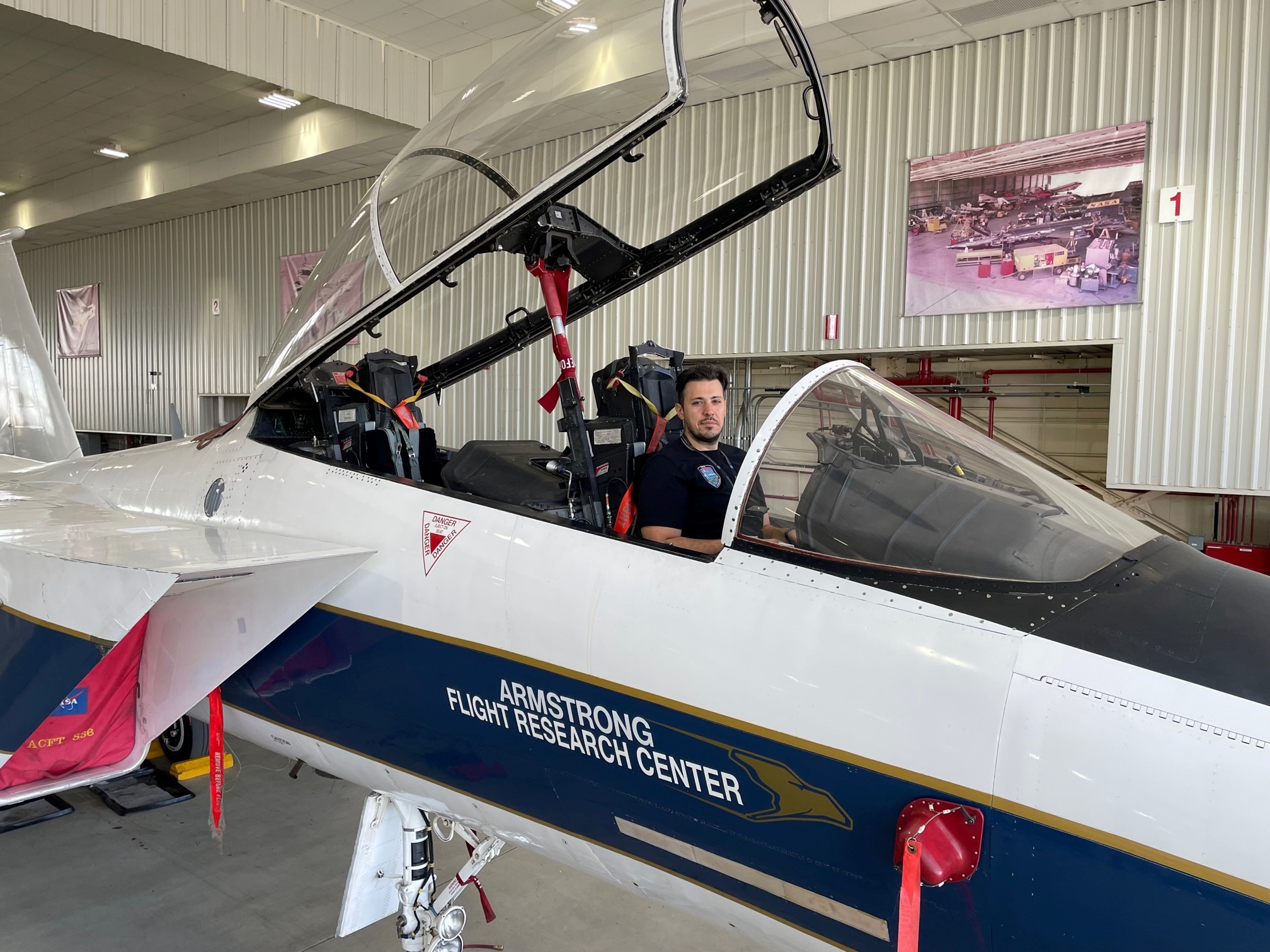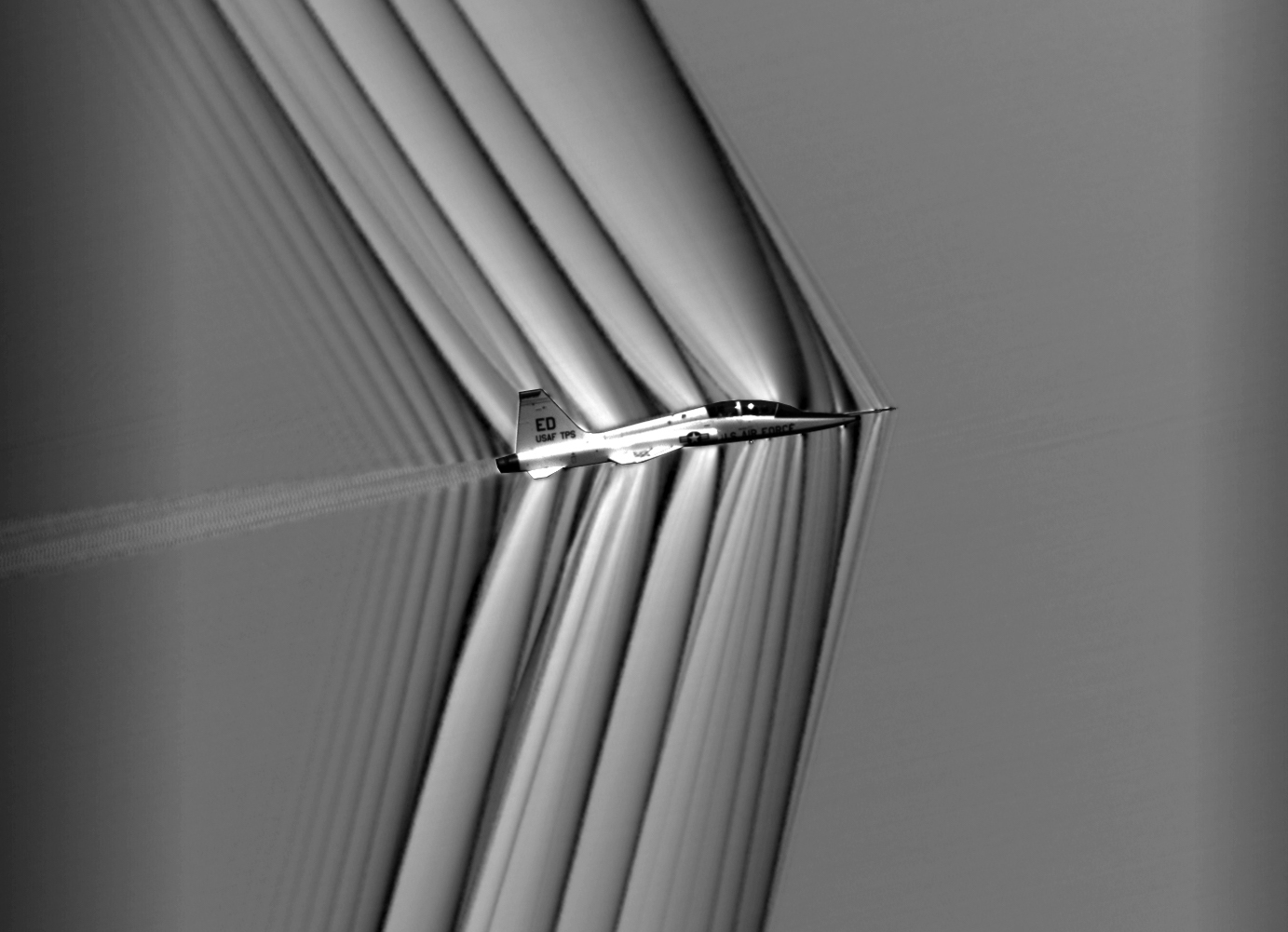A case of good timing put Sarkis Mikaelian on the path toward a NASA career.
While working toward a bachelor’s degree in computer science from California State University, Northridge (CSUN), Mikaelian was looking for a research opportunity, but there were few available at the time.
As Mikaelian searched for an opportunity in fall 2019, CSUN launched a new research center with funding through a NASA program called MUREP (Minority University Research and Education Project) Institutional Research Opportunity, or MIRO. One of MIRO’s main goals is to strengthen and develop the research capacity of Minority Serving Institutions (MSIs) in areas of strategic importance and value to NASA’s mission.
CSUN used the NASA funding to create the NASA Autonomy Research Center for science, technology and engineering, entrepreneurship, arts, humanities and mathematics, or STEAHM. Partnering with CSUN on the Autonomy Research Center (ARCS) are two of NASA’s California centers – the Jet Propulsion Laboratory (JPL) in Pasadena and NASA Armstrong Flight Research Center in Edwards.
“I was knocking on doors to see if professors had anything for me, and one of them said, ’We just got this NASA grant and we’re launching a research center called ARCS,’” Mikaelian said. “I was one of the first people to join the center. It was two semesters before my graduation, so it was perfect timing.”
The project Mikaelian began working on was NASA Armstrong’s Expandable Variable Autonomy Architecture (EVAA), which was developed from the Automatic Ground Collision Avoidance System (Auto GCAS), a system that saved the lives of 12 fighter pilots from ground collisions. EVAA could help prevent accidents in general aviation and future autonomous aircraft.
Mikaelian worked on a flight simulator and flight test displays with guidance from NASA Armstrong mentors Mark Skoog, former principal investigator for EVAA, and Nelson Brown, project chief engineer.
“We did a few design iterations. By ‘we,’ I mean most of the work I did was with my mentors and collaborators at NASA,” Mikaelian said. “They advised me on what steps to take. The research portion started with making sure the flight simulator we have at the ARCS was in sync with the NASA Armstrong simulator. I still maintain that system today. I’m the one who showcases it and runs experiments.”
His experience with ARCS led Mikaelian to intern with the Resilient Autonomy team at AFRC to develop EVAA’s flight test displays, and other NASA opportunities, including Pathways assignments at NASA Armstrong working on flight software for the all-electric X-57 Maxwell aircraft. Mikaelian is now an intern at JPL on the Europa Clipper, a spacecraft that will visit one of Jupiter’s icy moons.
“I have the intention and the goal of staying at NASA. I want to stay on and gain expertise and become a subject matter expert in autonomous flight systems,” Mikaelian said. “I see the industry moving towards autonomy and smart aviation.”
All MIRO awards are provided to minority-serving institutions to promote research capacity, expand aerospace research, increase workforce diversity, and strengthen STEM skills. These awards directly support NASA’s four mission directorates: Aeronautics Research, Human Exploration and Operations, Science and Space Technology. MIRO has funded centers at 38 minority-serving universities in 16 states, the District of Columbia, and the U.S. territories of Puerto Rico and the U.S. Virgin Islands.
“[My MIRO experience] really got me thinking about how we can advance society, how we can help people here on Earth by developing aeronautics and space technology,” Mikaelian said. “For our country, and humanity in general, research and development is where things change. A major distinction in science and engineering between us and other nations is that we have NASA and a very strong R&D emphasis. That begins with universities.”







































